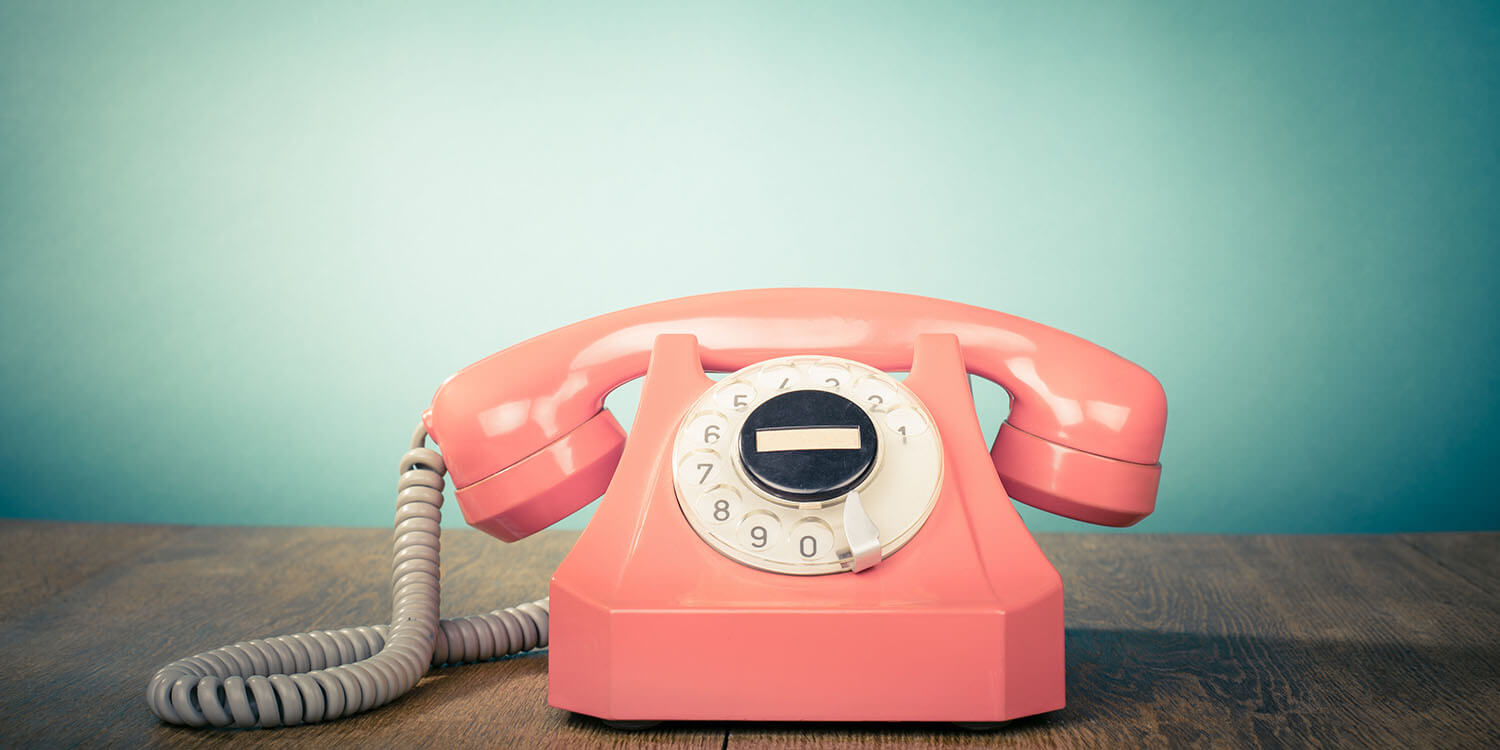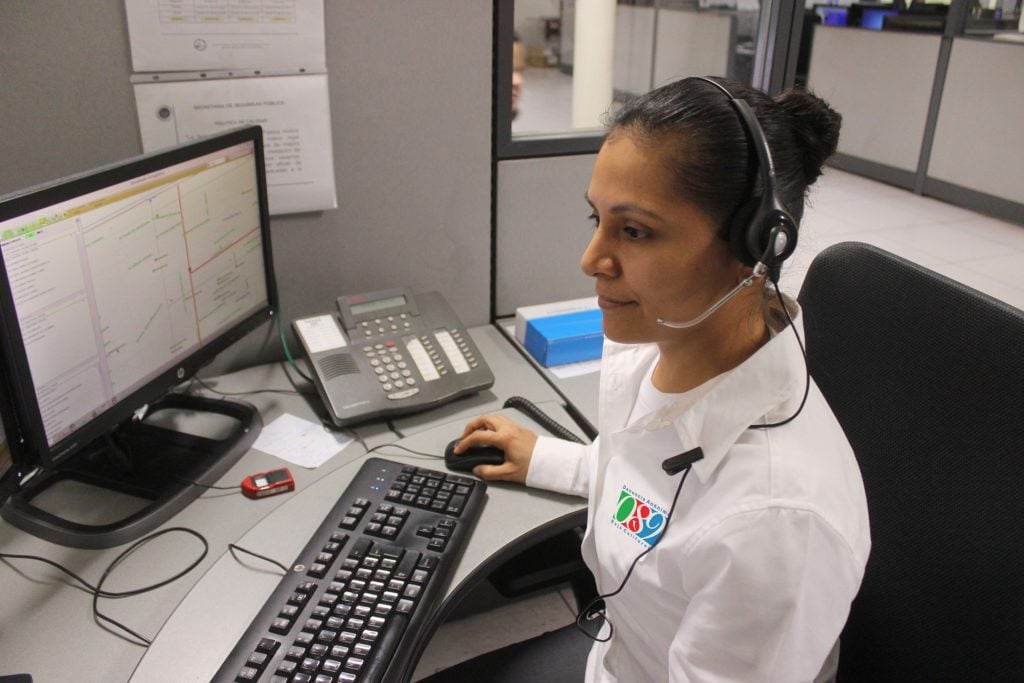All Categories
Featured
Table of Contents
- – Who Makes The Best The Benefits Of Secretarial ...
- – What Are The Highest Rated 6 Statistics That P...
- – Who Is The Best Outsource Answering Service Co...
- – Top What To Look For In A Phone Answering Ser...
- – What The Best Answering Machine Brand To Buy
- – Top Telephone Answering Service For Smes - M...
Who Makes The Best The Benefits Of Secretarial And Telephone Answering ... 2023
This gadget and its followers were created by Sava Jacobson, an electrical engineer with a personal consulting business. While early answering machines utilized magnetic tape technology, many modern devices uses solid state memory storage; some gadgets use a mix of both, with a solid-state circuit for the outbound message and a cassette for the inbound messages.
"toll saving" below) (virtual answering service). This works if the owner is evaluating calls and does not want to talk to all callers. In any case after going, the calling party needs to be notified about the call having been answered (in a lot of cases this begins the charging), either by some remark of the operator, or by some welcoming message of the TAD, or addressed to non-human callers (e.
This holds particularly for the Littles with digitally kept greeting messages or for earlier machines (before the rise of microcassettes) with an unique limitless loop tape, different from a second cassette, committed to recording. There have been answer-only gadgets without any recording capabilities, where the greeting message had to notify callers of a state of existing unattainability, or e (virtual answering service).
What Are The Highest Rated 6 Statistics That Prove Your Business Needs A Phone ... - Blog?

about schedule hours. In tape-recording TADs the greeting usually includes an invitation to leave a message "after the beep". A voice mail that utilizes a microcassette to tape-record messages On a dual-cassette answerphone, there is an outbound cassette, which after the defined variety of rings plays a pre-recorded message to the caller.

Single-cassette answering machines include the outgoing message at the beginning of the tape and incoming messages on the staying area. They first play the announcement, then fast-forward to the next available area for recording, then tape the caller's message. If there are lots of previous messages, fast-forwarding through them can cause a substantial delay.
This beep is frequently referred to in the greeting message, requesting that the caller leave a message "after the beep". Little bits with digital storage for the taped messages do disappoint this hold-up, naturally. A little bit may provide a push-button control facility, whereby the answerphone owner can sound the home number and, by getting in a code on the remote telephone's keypad, can listen to recorded messages, or delete them, even when away from home.
Who Is The Best Outsource Answering Service Company Sri Lanka Manufacturer

Thus the machine increases the number of rings after which it answers the call (usually by two, resulting in four rings), if no unread messages are currently kept, however responses after the set number of rings (usually two) if there are unread messages. This allows the owner to discover out whether there are messages waiting; if there are none, the owner can hang up the phone on the, e.
Some machines also permit themselves to be from another location triggered, if they have actually been turned off, by calling and letting the phone ring a certain a great deal of times (generally 10-15). Some service companies abandon calls currently after a smaller sized variety of rings, making remote activation difficult. In the early days of Little bits a special transmitter for DTMF tones (dual-tone multi-frequency signalling) was regionally required for push-button control, because the previously employed pulse dialling is not apt to communicate proper signalling along an active connection, and the dual-tone multi-frequency signalling was implemented stepwise.
Any inbound call is not identifiable with respect to these residential or commercial properties in advance of going "off hook" by the terminal devices. So after going off hook the calls must be changed to suitable gadgets and only the voice-type is instantly accessible to a human, but maybe, nevertheless need to be routed to a LITTLE (e.
Top What To Look For In A Phone Answering Service For Your ...
What if I informed you that you do not have to really get your gadget when answering a client call? Another person will. So practical, best? Answering telephone call does not need someone to be on the other end of the line. Effective automated phone systems can do the trick just as effectively as a live agent and sometimes even better.
An automated answering service or interactive voice response system is a phone system that interacts with callers without a live person on the line - answer phone service. When companies utilize this innovation, consumers can get the response to a question about your service merely by utilizing interactions established on a pre-programmed call circulation.
Although live operators update the customer care experience, many calls do not need human interaction. An easy documented message or directions on how a client can obtain a piece of information normally solves a caller's immediate requirement - answer phone service. Automated answering services are an easy and reliable method to direct inbound calls to the right person.
What The Best Answering Machine Brand To Buy
Notice that when you call a company, either for assistance or item query, the first thing you will hear is a pre-recorded voice greeting and a series of options like press 1 for customer support, press 2 for inquiries, and so on. The pre-recorded choices branch off to other choices depending on the client's choice.
The phone tree system helps direct callers to the ideal individual or department using the keypad on a smart phone. In some circumstances, callers can use their voices. It deserves keeping in mind that auto-attendant options aren't limited to the 10 numbers on a phone's keypad. Once the caller has actually picked their very first choice, you can design a multi-level auto-attendant that uses sub-menus to direct the caller to the ideal type of assistance.
The caller does not need to communicate with an individual if the auto-attendant phone system can handle their concern. The automated service can path callers to a worker if they reach a "dead end" and require help from a live representative. It is pricey to hire an operator or executive assistant.
Top Telephone Answering Service For Smes - Myco Works
Automated answering services, on the other hand, are considerably less costly and supply considerable cost savings at approximately $200-$420/month. Even if you don't have devoted staff to deal with call routing and management, an automated answering service improves efficiency by enabling your team to focus on their strengths so they can more effectively spend their time on the phone.
A sales lead routed to client service is a lost shot. If a customer who has product concerns reaches the incorrect department or receives incomplete answers from well-meaning workers who are less trained to deal with a specific kind of concern, it can be a reason for disappointment and dissatisfaction. An automated answering system can decrease the number of misrouted calls, consequently helping your staff members make much better usage of their phone time while releasing up time in their calendar for other jobs.
With Automated Answering Systems, you can create a customized experience for both your personnel and your callers. Make a recording of your primary greeting, and just upgrade it frequently to reflect what is going on in your company. You can create as lots of departments or menu choices as you desire.
Table of Contents
- – Who Makes The Best The Benefits Of Secretarial ...
- – What Are The Highest Rated 6 Statistics That P...
- – Who Is The Best Outsource Answering Service Co...
- – Top What To Look For In A Phone Answering Ser...
- – What The Best Answering Machine Brand To Buy
- – Top Telephone Answering Service For Smes - M...
Latest Posts
Top Affordable Answering Service Near Me – Chatswood 2067
Preferred Hospitality Answering Service
Renowned Bilingual Answering Service
More
Latest Posts
Top Affordable Answering Service Near Me – Chatswood 2067
Preferred Hospitality Answering Service
Renowned Bilingual Answering Service